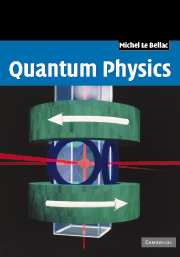In the same series of experiments which led to the discovery of superconductivity, Kamerlingh Onnes was the first who succeeded in cooling helium below its boiling point of 4.2 K. In 1908, he was cooling this liquefied helium further in an attempt to produce solid helium. But since helium only solidifies at very low temperatures (below 1 K) and high pressures (above 25 bar), Kamerlingh Onnes did not succeed, and he turned his attention to other experiments.
It was, however, soon recognized that at 2.2 K (a temperature reached by Kamerlingh Onnes), the liquid helium underwent a transition into a new phase, which was called helium II. After this observation, it took almost 30 years to discover that this new phase is actually characterized by a complete absence of viscosity (a discovery made by Kapitza and Allen in 1937). The phase was therefore called superfluid. In a superfluid, there can be persistent frictionless flows – superflows – very much like supercurrents in superconductors. This helium II is, up to now, the only superfluid which is available for experiments.
The most abundant isotope of helium, 4He, is a spinless boson. Given this fact, the origin of superfluidity was almost immediately attributed to Bose condensation, which was a known phenomenon by that time.
